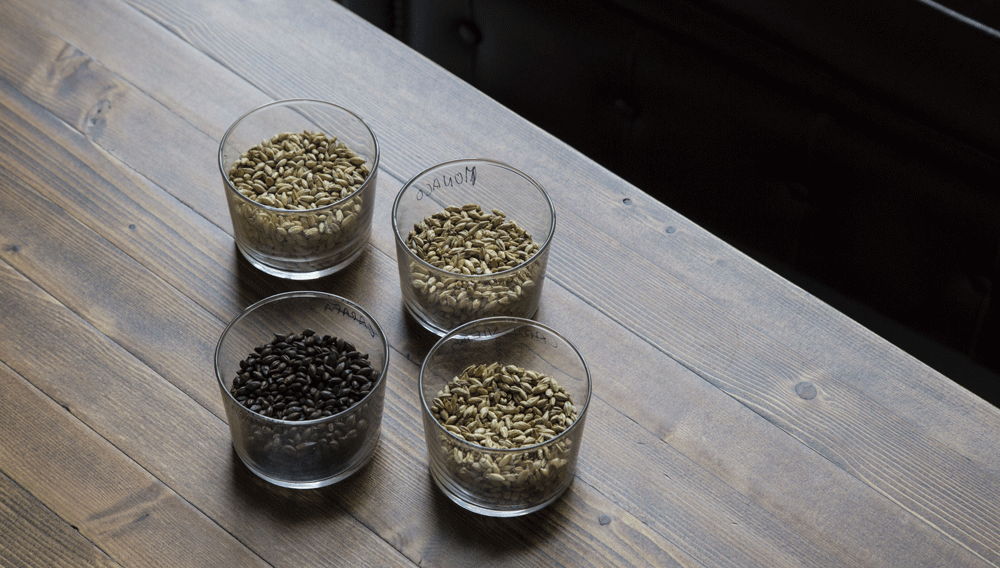Malt analysis: Industry-wide change in analysis approach for barley malt 5 EBC
Malt analysis | Industry-wide change in analysis basis for light/pale barley malt. The Isothermal 65°C mashing procedure is replacing the congress mashing procedure. What brewers and maltster need to know …
Since 1907 the congress mashing procedure has been used as laboratory mashing procedure to analyse the quality of brewing malt in terms of various characteristics. The enormous advancements achieved in the cultivation of malting barley over the course of more than 100 years of intensive breeding have enabled the appearance of malting barley varieties with ever superior modification characteristics. However, the laboratory mashing procedure has never been adapted to the new characteristics, so the analysis no longer produces results of modern relevance. In particular, the differentiation between various malt qualities are therefore no longer sufficient. While the scientific community has long recommended eliminating the use of the extract difference and Hartong 45 °C, the actual decisive step to do so was taken by the Brewing Barley Association concurrently with the German Federal Plant Variety Office.
Long introductory period and broad data source
Following intensive consultations, the Brewing Barley Association announced in spring 2012 that, with effect from the 2012 harvest, the isothermal 65 °C mashing procedure should be applied concurrently with the congress mashing procedure, which at that time was the most common laboratory mashing procedure for malting barley analysis.
The aim was to provide a more practical assessment of new brewing barley varieties. Since then, the concurrent use of both laboratory mashing procedures for analysis has produced enormous collections of data and much in the way of knowledge. In addition, the newly established analytical mashing procedure for the evaluation of malt quality and suitability for processing should be as close as possible to the processing practice in the breweries. The high quality of malt achieved as a result of improvements in breeding has enabled changes to mashing methods and a switch to Hochkurz mashing procedure. Malt analysis using the isothermal 65 °C mashing procedure therefore allows a more practical assessment. At the same time, the mashing time for creating the isothermal 65 °C wort under practical laboratory conditions has almost been halved.
Breweries that use traditional mashing procedures can also obtain better information about the quality of their malts with this new analysis approach.
Change in 2020
The change within the Berlin Programme was completed after three years (2012 - 2015). It was then necessary – using as many concurrently conducted studies of practical malt samples as possible – to create a broad data source to determine which analytical parameters change based on the isothermal 65 °C mash relative to the reference values (specifications). It was also important to exclude effects attributable to varying conditions between harvest/crop years.
To this day, the institutes (e.g. in connection with variety analyses and collaborative trials), maltsters and breweries have been collecting enough data and experience over seven years to provide the industry with new reference values based on the isothermal 65 °C mash. This allows the change to be completed without any problems in just a short time.
What do breweries and maltsters need to consider?
Many malt delivery contracts have already been concluded with malt specifications based on both mashing procedures. Delivery contracts that had been concluded on the basis of congress mash analysis results for quality assurance purposes at the time of the change require an additional amendment contract that establishes an isothermal 65 °C mash as the basis for the agreed malt quality. All other components of the contract remain unaffected.
The main changes to quality-related properties are:
- the extract (reduction of 0.3 - 0.5 %);
- the soluble N (reduction of 40 - 80 mg/100g d.m.);
- the FAN (reduction of 20 - 30 mg/100g d.m.)
The viscosity and β-glucan value will see small increases (based on available empirical data), and the wort colour and boiled wort colour will decline by between 0.4 and 0.7 EBC.
The changes are moderate but must be taken into consideration as these malt properties may partially or entirely be regulated by malt contracts. However, it is important to know that the absolute quality of the malt does not change!
Given that the two laboratory mashing procedures are two entirely different approaches to wort preparation (different enzymes respond at rest temperatures), the analysis values cannot simply be converted mathematically. The new ranges of the reference values will need to be learned over time. The “Kolbach index” is calculated as the ratio of soluble nitrogen (N) to total nitrogen. The total nitrogen is calculated as the total protein content divided by factor 6.25.
The Kolbach index is therefore a purely theoretical mathematical value that provides guidance for the proteolytic modification. If the Kolbach index were to be calculated within the specified range of 9 to 11.5 % of total protein and 570 to 670 mg per 100 g of dry malt matter, this would result in a range of around 35 % to 52 %, a much greater range than the guide range of 35 % to 42 % established in many contracts. The reference value for assessing malt quality should therefore always be the soluble nitrogen.
Extract difference and Hartong 45 °C have absolutely no purpose any more
As the analysis approach for malt analysis is changed, the two values “extract difference” and the “Hartong 45 °C” cease completely to become relevant in the assessment of brewing malts. The relevance of these two values has already been doubted on many occasions; more nuanced measurements are available for the analysis of product quality.
Guide value table malt quality
As a guide, the associations and institutes involved have created a table for standard malt quality parameters (see Tab. 1). It provides guide values for specifications that are established individually and for specifications agreed between contract partners for malt delivery contracts.




